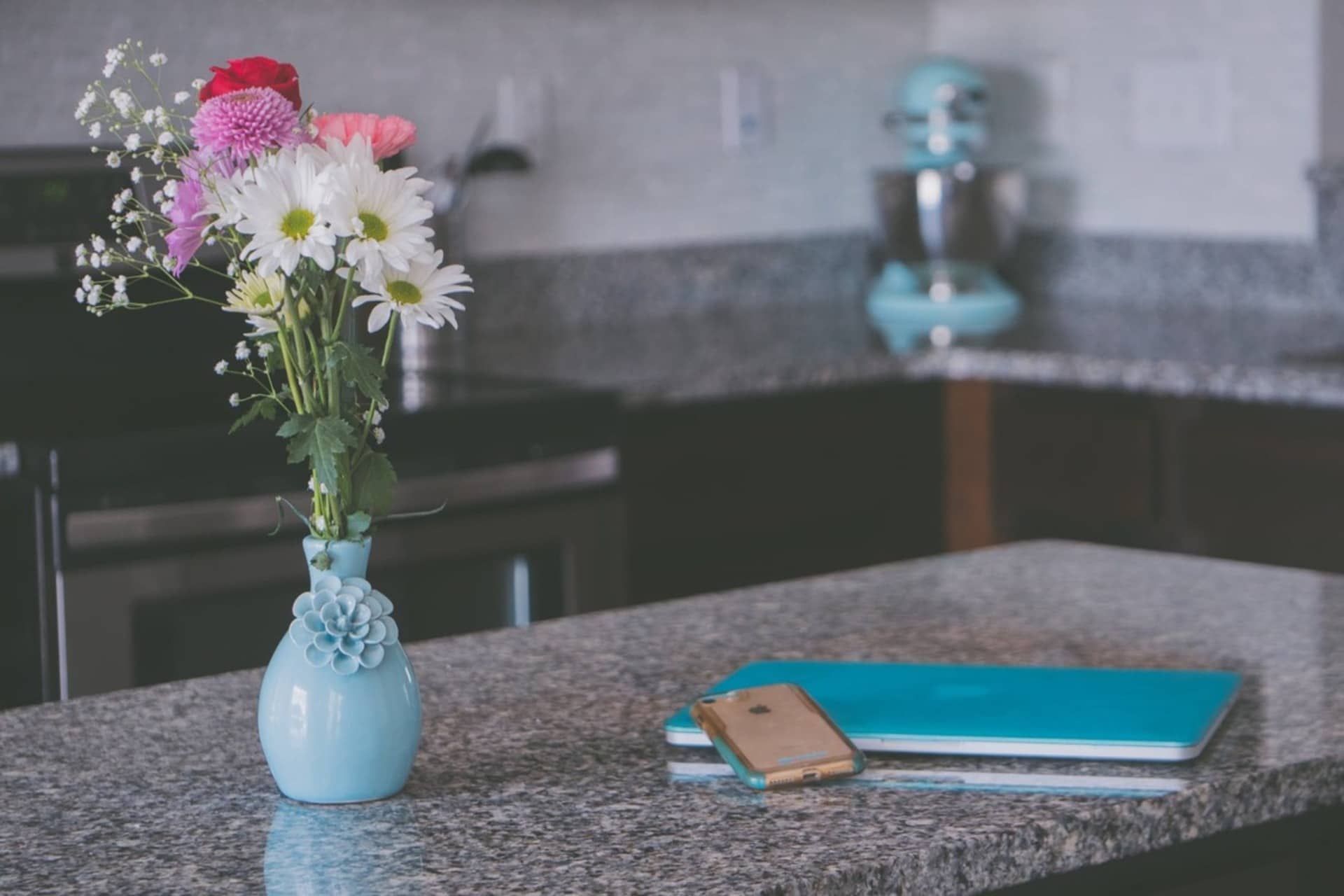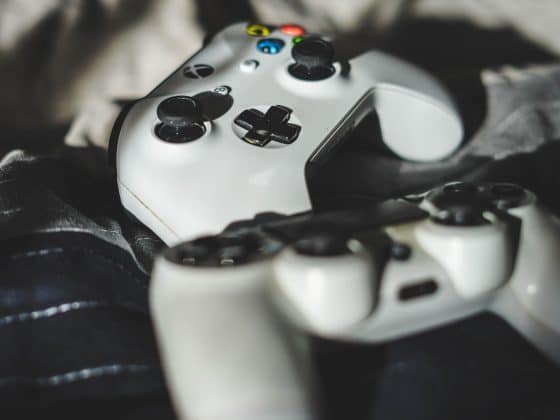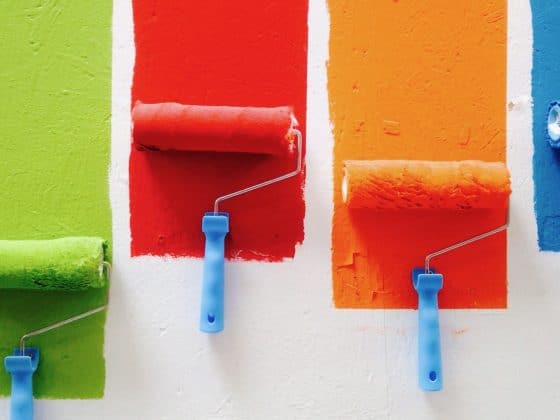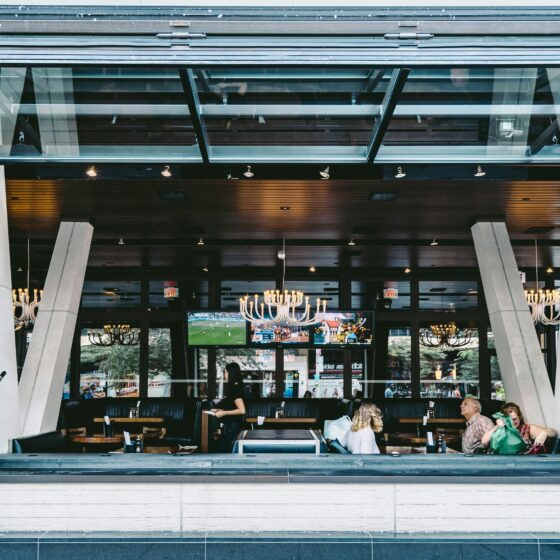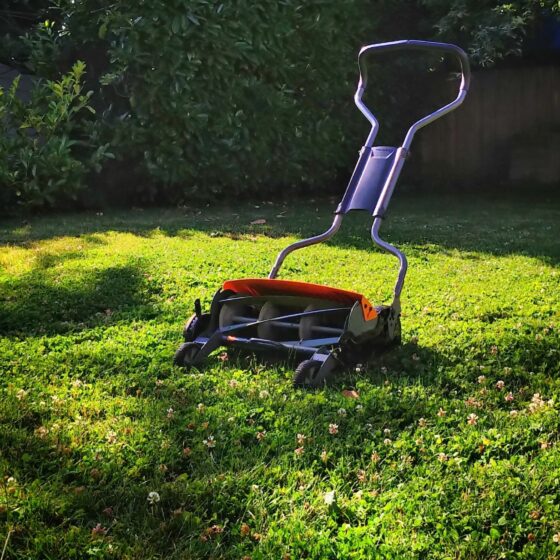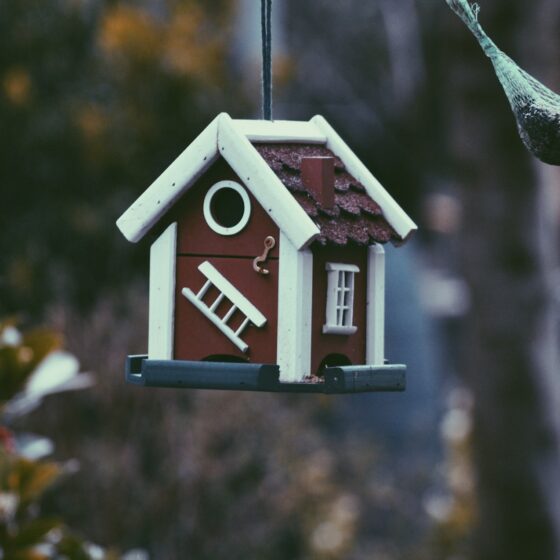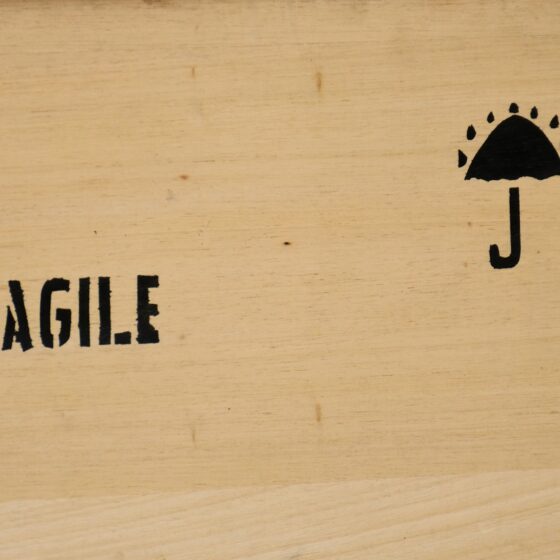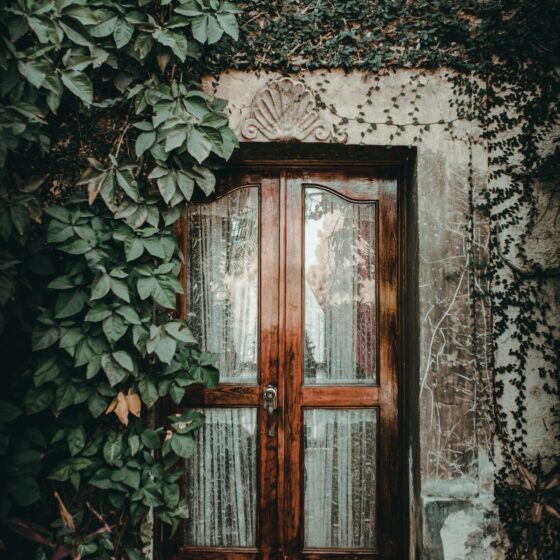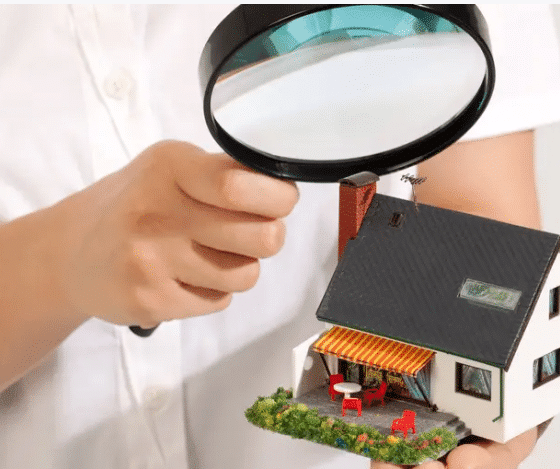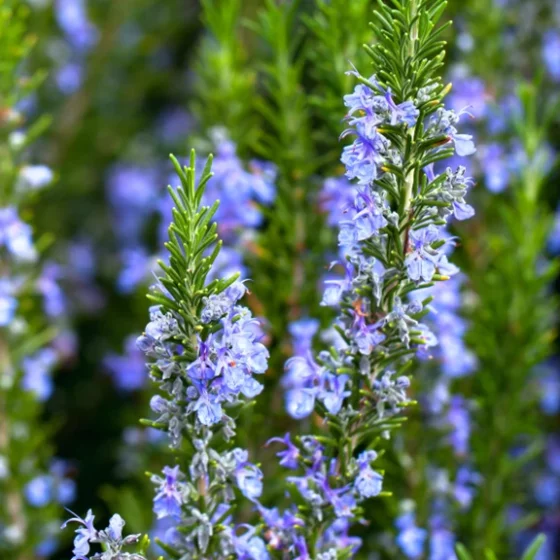Remodeling your kitchen is serious business. There seem to be endless options for just about everything—concept, layout, appliances, cabinets, shelves, etc. However, for countertops, the decision usually comes down to Corian vs granite.
When deciding between these two materials, you should think about numerous factors, including maintenance, durability, cost, and the impact it will have on the overall value of your home.
In this article, we’ll explore the pros and cons of both options so you can make an informed decision.
Composition
Granite is a natural stone that comes directly from quarries. Once it’s mined, it is cut into thin slabs and polished before finally being turned into a countertop.
Corian, on the other hand, is a mix of acrylic polymers and various other stone-derived materials, including minerals. The acrylic polymer blend is poured into molds to produce Corian solid surface sheets that are half-inch-thick and specially designed for kitchens.
Essentially, this means that Corian sheets have no differences in terms of composition—their pattern and color are even. Granite, being a natural stone, doesn’t have that uniformity. On the contrary, one of the reasons why it’s such a popular choice with buyers is because the grain of each countertop is 100% unique.
Look
If you are keen to ensure that your countertop blends seamlessly with the rest of the decor, then Corian can provide certain advantages. First, its uniform composition guarantees the seams between the slabs are completely concealed to the naked eye. Second, you can pick the countertop’s design so it matches your kitchen’s unique look down to a tee, no matter if it’s beach-inspired, ranch-themed, or wabi-sabi style.
Corian is available in more than forty different shades, including pink, red, green, yellow, brown, and deep black. Furthermore, companies can now recreate a speckling effect when producing Corian countertops, which is great for those customers who are looking for a natural stone aesthetic.
Granted, the resulting sheet doesn’t quite achieve the color variations you find in a granite or marble countertop, but the resemblance is clear.
However, some people find it difficult to incorporate something that has so many different colors and patterns without it clashing with the rest of the decor.
Cost
If price were the only deciding factor, the granite vs corian battle would have a clear winner—Corian is always going to be the cheaper option.
Solid surface sheets are made of synthetic materials, which will rarely be as expensive as natural stones. Although the price depends on the pattern and color you choose (as well as the vendor, of course), installing one of these costs you $60 per square foot on average. That said, if you go for a unique Corian design, you could end up paying up to $120 per square foot plus installation costs.
For comparison, granite slabs range from $40 to $100 per square foot, and having them installed will cost you an additional $100–$200. Again, the pricing depends on the design and contractor you choose. Keep in mind, though, that installing a granite slab countertop requires skill, so try not to skimp too much. You don’t want to pay for a high-end stone only to end up with an awkward-looking countertop that has conspicuous seams between slabs.
If, however, you’re a DIY enthusiast and don’t mind grout lines, you could use granite tiles as countertop materials. They’re a more affordable alternative that still lets you enjoy all the benefits of natural stone—even if the aesthetic isn’t quite as pristine as that of a granite slab.
Installation
Corian is easy to work with. In fact, a DIY installation is feasible if you can find a source for this type of material. The seams are joined with solvent glues that become practically invisible once the solid surface sheet is installed.
On the other hand, if you opt for granite slabs, a provider will necessarily have to go to your house, measure the countertop area, and then return to install the material, taking care that the seams are as inconspicuous as possible.
Heat Resistance
When thinking about Corian vs granite countertops, it’s important to note that the latter aren’t heat resistant. Placing a hot pan, electric grill, or any other heat-emitting item on top of a Corian countertop can damage the material, leaving burn marks on its wake. So, if you opt for Corian, countertop protectors (e.g., trivets or table runners) will become your new best friends.
For comparison, you can place hot pans directly on a granite countertop without it discoloring or being otherwise affected. Just try not to do it too often and make sure the item isn’t too hot, otherwise the seal will weaken and—in extreme cases—the granite may crack.
Water Resistance
This is one of the few areas where granite falls short and Corian shines in comparison.
Since it’s a highly porous stone, granite countertops require sealing and various follow-up applications after installation to prevent damage. If you fail to do this, expect stains and moisture to penetrate the surface, ruining the overall aesthetic.
Care and Maintenance
Corian is easy to clean. You can just use soapy water for the day-to-day, and bring out the alcohol or bleach whenever you need to disinfect the countertop. There’s practically no need to worry about it staining.
Granite, on the other hand, can’t handle acidic cleaning products. In fact, prevent abrasives, acids, oils, wine, and nail polish from coming into direct contact with the stone, as these liquids can alter its natural coloring. Try to place the bottles on top of a protective surface and clean any spills as soon as possible, just to be on the safe side.
Any stains that develop over time can usually be handled with baking soda paste, but the less you damage the stone, the better. Also, make sure to re-seal the countertop when needed.
Durability
Corian countertops are not resistant to wear and tear. As such, it is common for them to get scratched and develop small signs of damage over time. The good news is that, since it is a soft material, it’s not likely to crack.
Granite is the opposite. The chances of scratching granite are very low, even if you use knives directly on the countertop. However, granite can crack or become damaged by acidic substances such as vinegar.
Still, granite is one of the hardest materials on the planet, which means countertops made with this stone are basically the most durable money can buy.
Resale Value
When choosing between different types of countertop materials, it’s important to consider the impact that each option will have on the resale value of your home.
Corian used to have a positive impact, but with more people favoring quartz countertops nowadays, the acrylic polymer’s reputation has faltered on the market. That said, Corian still holds more resale value than laminates or ceramic tiles.
Granite slab countertops are always appreciated by prospective buyers, though. The stone’s durability, prestige, and aesthetic gives your home a luxurious touch that is sure to boost its resale value.
Conclusion
There are pros and cons to both materials, and only you can decide which one is best for you and your home. Remember, although one is more durable than the other, both materials need to be treated with care so they can last longer and look their best.
Whatever choice you make, we’re sure your kitchen will look fantastic.
FAQ
What is more expensive: granite or Corian?
The cost of Corian vs granite doesn’t differ as much as you’re probably thinking—although granite will still end up being more expensive than Corian more often than not. The former will cost you $40–$200 per square foot, whereas the latter’s price ranges between $40 and $140 per square foot.
Is Corian as good as granite?
Corian is weaker than both granite and quartz. It’s easier to scratch and less resistant to heat than both of the alternatives. That said, Corian is less likely to stain, even if it comes in direct contact with acids and abrasives.
What are the disadvantages of Corian?
Corian has various disadvantages, particularly if you’re using it in your kitchen. When considering Corian vs granite, keep in mind the former burns easily and is likely to scratch or dent. Due to the softer surface material, it’s far more likely to show signs of wear and tear.

